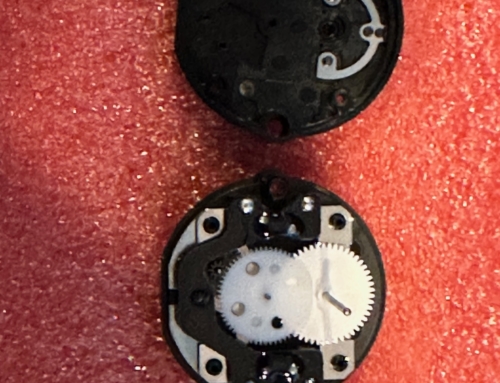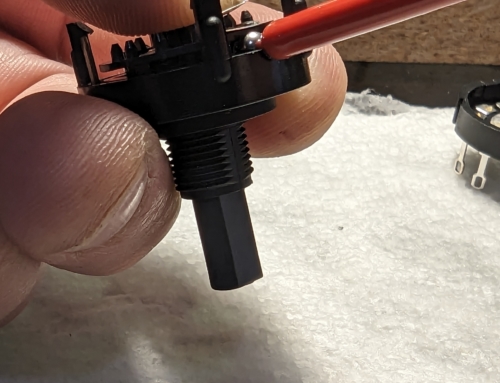Do you need to download the OpenHornet Fusion models to modify something, make non-standard manufacturing files, or just want to look at something from a different angle than the drawings in the build package show? This tutorial will help walk you through the steps of importing all of the OpenHornet models into your personal install of Fusion360.
If you do not yet have Fusion360 registered and installed your computer, start at Step 1. If you already have Fusion installed and registered, skip to Step 2.
If you have any questions along the way, reach out via the #fusion360 channel in the Discord server. Somebody will be able to help you.
Credits: jkkicks for the initial writeup, Sandra for the GitHub Markup conversion and initial editing.
Step 1: Download Fusion 360
- At this time, all MCAD files for the OpenHornet project are managed through Autodesk Fusion 360. If you do not already have a license, navigate to https://www.autodesk.com/products/fusion-360/personal
- Scroll down on the page and click where it says “Get Started”. (See Figure 1.)
- Fill out the form on the next page to register your account for the personal use version. (See Figure 2.)
- After clicking “Next” a download page will pop up. Click the download link.
- Once your Fusion360 Installer has finished downloading, run the installer and follow on screen instructions to finish downloading and installing Fusion for personal use.
Figure 1 – Get Started
Figure 2 – F360 Registration Form
Step 2: Download OpenHornet Models
The OpenHornet CAD models can be imported to Fusion360 directly from the GitHub at https://github.com/jrsteensen/OpenHornet. Just scroll down on the main page until the links are displayed.
Figure 3 – Fusion360 Model Links
Each of these links contain all the required models for every part of the current version of the project. The models are split into 6 different subgroups. These are:
| Model/Assembly | Description |
|---|---|
| Top Level | This contains the complete top level assembly for OpenHornet. |
| Upper Instrument Panel (UIP) | This contains the models for the UIP. |
| Lower Instrument Panel (LIP) | This contains the models for the LIP. |
| Left Console (LC) | This contains the models for the LC. |
| Right Console (RC) | This contains the models for the RC. |
| Center Tub (CT) | This contains the models for the CT. |
Clicking one of these links will take you to an Autodesk Fusion archive page. Some pages, especially the Top Level model may appear to have trouble loading or show an error outright. This is normal for a project of this size and is a Fusion 360 limitation, not an OpenHornet limitation. (See figure 4.)
Figure 4 – Large Assembly Error Page in A360 Web Interface
Click the “Open in Fusion 360” button in the top right of the web interface.
Once the files are transferred to your Fusion360 install, a pop-up windows will ask where you would like to upload the models in your personal account.
It is recommended that you create a dedicated “Project” to store all the models and an individual folder for each of the OpenHornet assemblies. You can create both projects and folders by clicking “Change Location” near the bottom of the screen. We recommend not naming it “OpenHornet” in case you later become an OpenHornet contributor, so it doesn’t conflict with direct access.
Alternate Download Method – .F3Z Archive File
- Files can also be downloaded as a Fusion360 archive file (.f3z). Just click “Download” in the top right corner of the website and select “Fusion 360 Archive”.
- Once again patience is key here. The .f3z file will be compiled and emailed to your supplied email where you can download to your computer. It can be imported to fusion by clicking the file icon in the top right corner of the Fusion360 application. Then click “Upload…”.
- Once the “Upload” window opens, select your newly downloaded .f3z file, designate a project and folder then click “Upload” The window may need to be moved to be able to see the “Upload” button at the bottom of the page.
Either upload process can take anywhere from 5 minutes to 2 hours from start to finish depending on your internet connection as well as the specific assembly model you are uploading. Fusion360 may also be unresponsive while showing no indications that it is doing anything. This is a problem within Fusion360 itself.
If you see the F360 window as (Not Responding) and a busy mouse wheel spinning, it’s normal. Grab a coffee. It might be a short while. (It’s going to be a long while. We’re just trying to make you feel better.)
Figure 5 – Upload Command location in F360
Figure 6 – Upload Dialog Box
Eventually a “Job Status” window will appear, showing you the current upload progress of each of the individual models in the assembly. This is the part that takes the longest. Patience is key.




Leave a Reply